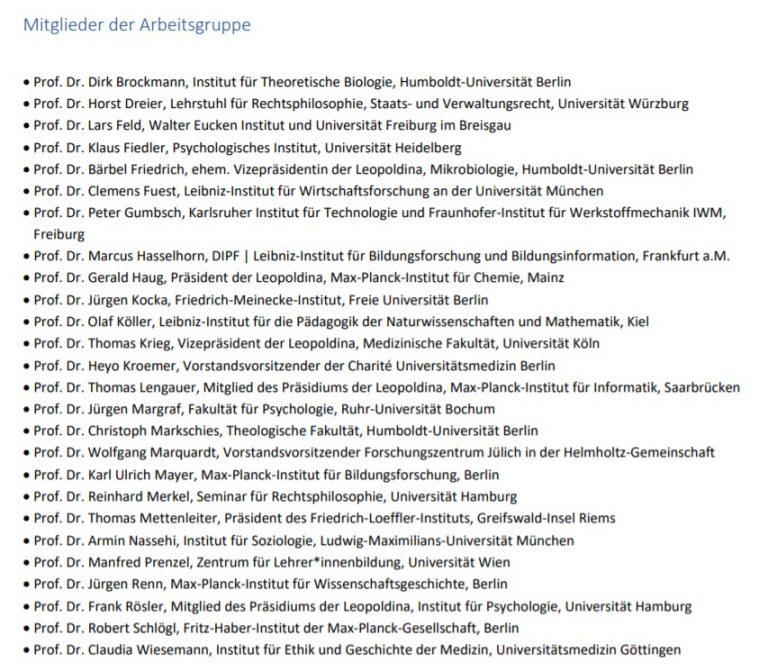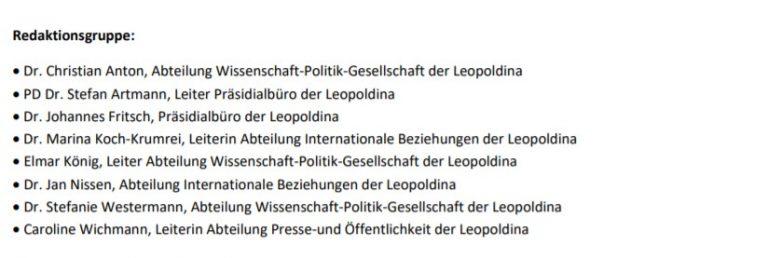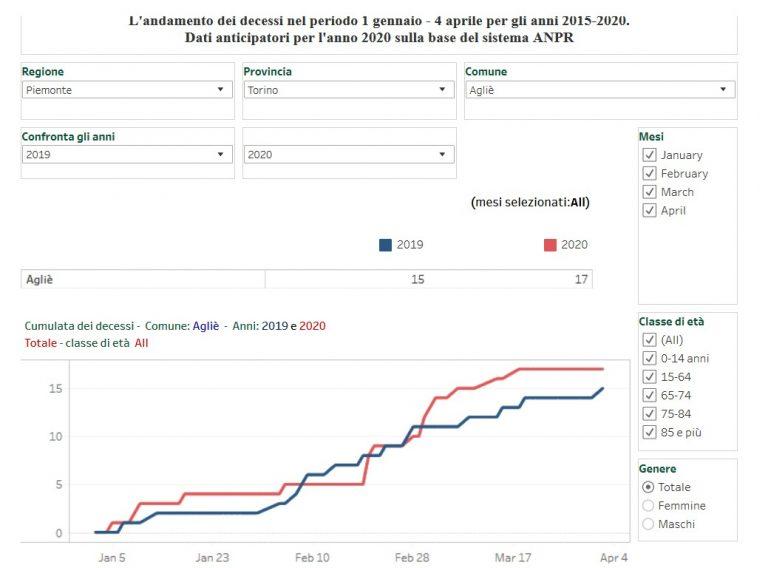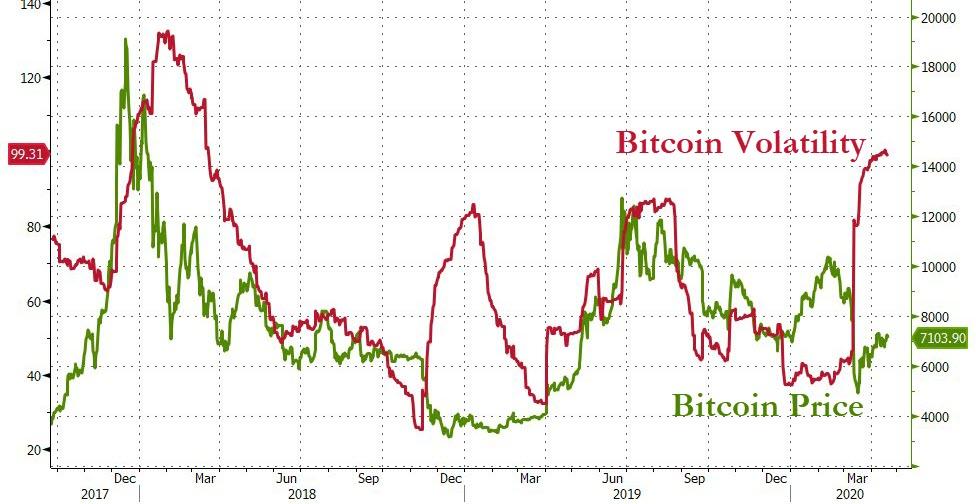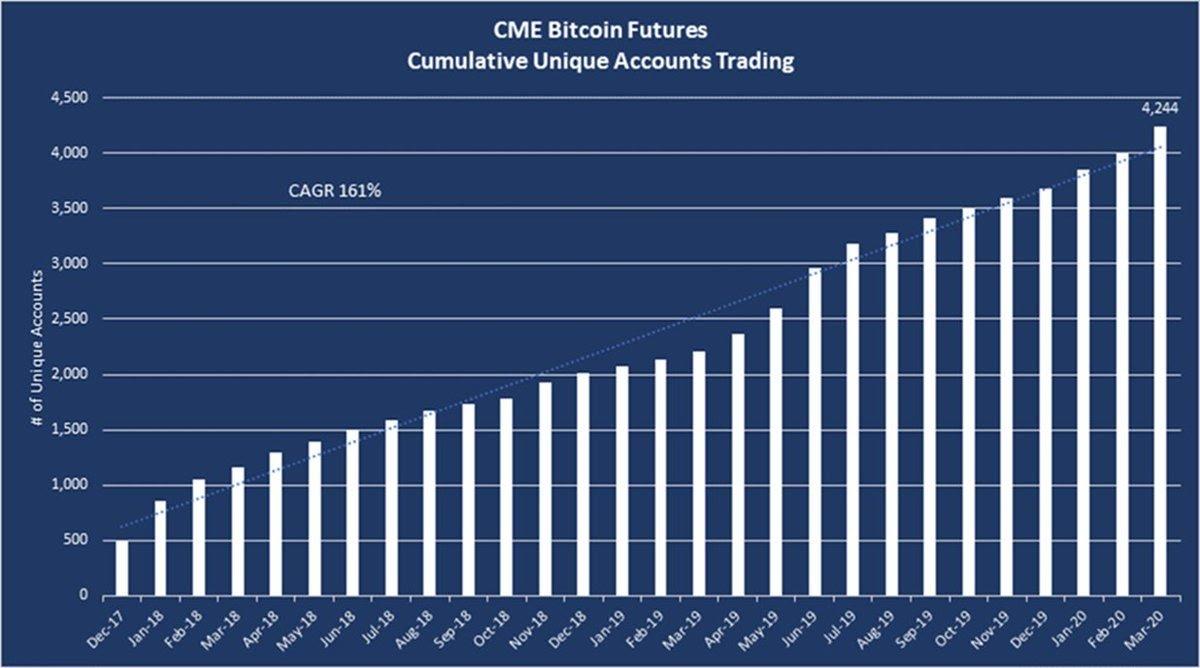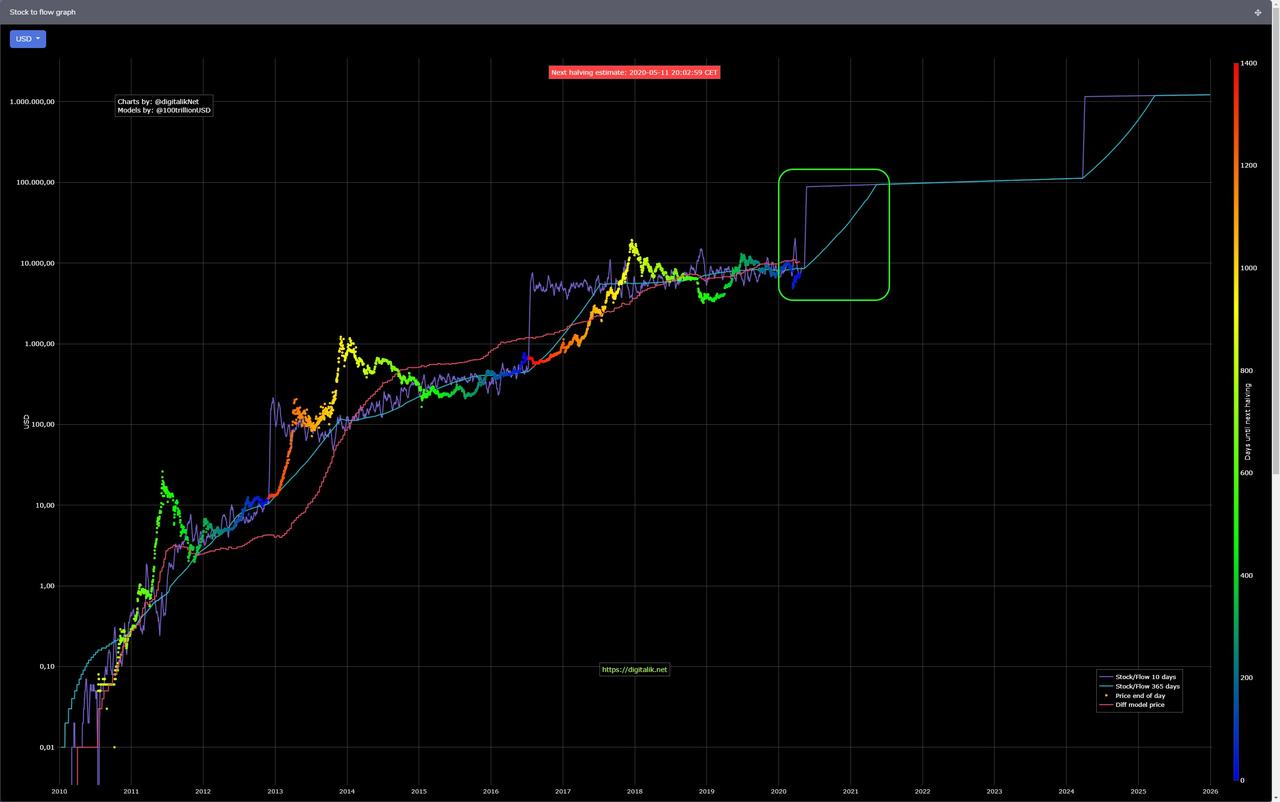SouthFront offers a scientific-based survey providing an in-depth look at the real death toll statistics and the spread of SARS-COV-2.
1. The research issued by the Bonn University Hospital
The research issued by the Bonn University Hospital and made by the group of scientists including Prof. Dr. Hendrik Streeck (Institute of Virology), Prof. Dr. Gunther Hartmann (Institute for Clinical Chemistry and Clinical Pharmacology, Spokesman for the Cluster of Excellence ImmunoSensation2), Prof. Dr. Martin Exner (Institute for Hygiene and Public Health), Prof. Dr. Matthias Schmid (Institute for Medical Biometry, Computer Science and Epidemiology).
In the framework of the research, all residents of Germany’s Gangelt were tested on the existence of SARS-CoV-2 infection and antibodies to SARS-CoV-2.
Gangelt is one of the most COVID-19-affected German municipalities. It is believed that the outbreak was caused by the carnival held on February 15, 2020. After the event, several people tested positive for SARS-CoV-2.
Preliminary result: the existing immunity was determined at about 14% (IgG against SARS-CoV2, method specificity>, 99%). About 2% of people had current SARS-CoV-2 infection detected by the method of polymerase chain reaction (PCR). The overal infection rate (the presence of a current infection or antibody in the body) was about 15%. The mortality (mortality rate), based on the total number of infected people in the Gangelt community, is approximately 0.37% based on the preliminary data of this study. The mortality rate based on the total population in the Gangelt is currently 0.06%.
2. A new Epidemiological bulletin from German Robert Koch Institute
A new Epidemiological bulletin from German Robert Koch Institute – “Estimation of the current development of the SARS-CoV-2 epidemic in Germany” issued on April 15 confirms that:
“in general, it is true that not all infected people have symptoms, not all who has symptoms go to a doctor’s office, not all who go to the doctor are tested and not all who test positive are recorded in a survey system. In addition, a certain amount of time passes between all these individual steps, so that no data collection system, however good, can make a statement about the current infection process without additional assumptions and calculations.”
Meanwhile, April 18 Daily Situation Report of the Robert Koch Institute shows that 86% of deaths, but only 18% of all cases, occurred in persons aged 70 years or older. The median age was 82 years. Pneumonia was reported in 2,764 cases (3%). COVID-19 related outbreaks continue to be reported in nursing homes and hospitals. In some of these outbreaks, the number of deaths is relatively high. The current estimate is R= 0.8 (95% confidence interval: 0.7-1.0).
3. On 13 April, the German National Academy of Sciences, Leopoldina, published its third ad hoc statement on the COVID-19 pandemic in Germany (the group of 26 Prof. Doctors)
The statement, which supplements its two predecessors, describes strategies for a stepwise lifting or modification of measures against the pandemic, taking into account psychological, social, legal, pedagogic and economic aspects. The document recommends in particular the re-opening of classroom primary and lower-level secondary education as soon as feasible, giving priority to the former, with observation of hygiene and physical distancing measures.
Click to see the full-size image
Click to see the full-size image
The National Academy of Sciences Leopoldina takes a stand with psychological, social, the legal, educational and economic aspects of the pandemic, following key recommendations:
- Optimizing the basis for decision-making: The data collection, which has so far been largely symptom-based, leads to a distorted perception of the infection process. It is therefore important to collect the infection and substantially improve the immunity status of the population, in particular through representative and regional survey of infection and immunity status.
- Enable a differentiated assessment of the risks both for social and individual dealings with the corona pandemic, contextual classification of the available data is important. Data to serious illnesses and deaths must be compared to those of other illnesses and related to the expected risk of death in individual age groups. A realistic one. Presentation of the individual risk must be clearly illustrated. This also applies to systemic risks such as overloading the health system and negative consequences for the economy and society.
- To cushion psychological and social impacts: measures taken for implementation intrinsic motivation based on self-protection and solidarity is more important than the threats of sanctions. Providing a realistic schedule and a clear package of measures for gradual normalization increases the controllability and predictability for everyone. This helps to minimize negative psychological the physical andeffects of the current stress. Firs of all, aid and support should be provided for high-risk groups, such as children, who are particularly affected by the consequences of current restrictions in difficult family situations or people who are exposed to domestic violence must be provided become.
There are more another recommendations in the third ad hoc statement of the German National Academy of Sciences that now are being implemented by German leadership.
4. New research from the United States
Group of authors from Stanford University, Stanford University School of Medicine, University of Southern California, Health Education is Power, Inc., The Compliance Resource Group, Inc., Department of Psychiatry and Behavioral Sciences, Stanford University School of Medicine, Bogan Associates, 8 ARL BioPharma, Inc., Sports Medicine Research and Testing Laboratory, Department of Epidemiology and Population Health, Stanford University School of Medicine, Department of Medicine, Stanford University School of Medicine measured the seroprevalence of antibodies to SARS-CoV-2 in Santa Clara County and made some conclusions.
The data received and conclusions of the US team are well corresponding with the research of German Bonn University Hospital taking into account that the German research came out on April 9, and the American one on April 14, with the reasonable assumption that the spread of SARS-CoV-2 in the German city of Gangelt began at least two week earlier (February 15, 2020) than in the American Santa Clara.
The US researchers estimated that under the three scenarios for test performance characteristics, the population prevalence of COVID-19 in Santa Clara ranged from 2.49% (95CI 1.80-3.17%) to 4.16% (2.58-5.70%). These prevalence estimates represent a range between 48,000 and 81,000 people infected in Santa Clara County by early April, 50-85-fold more than the number of confirmed cases. Conclusions. The population prevalence of SARS-CoV-2 antibodies in Santa Clara County implies that the infection is much more widespread than indicated by the number of confirmed cases. Population prevalence estimates can now be used to calibrate epidemic and mortality projections.
5. More data from the United States
Between March 22 and April 4, 2020, a total of 215 pregnant women delivered infants at the New York–Presbyterian Allen Hospital and Columbia University Irving Medical Center. All the women were screened on admission for symptoms of Covid-19. Four women (1.9%) had fever or other symptoms of Covid-19 on admission, and all 4 women tested positive for SARS-CoV-2 (Figure 1). Of the 211 women without symptoms, all were afebrile on admission. Nasopharyngeal swabs were obtained from 210 of the 211 women (99.5%) who did not have symptoms of Covid-19; of these women, 29 (13.7%) were positive for SARS-CoV-2. Thus, 29 of the 33 patients who were positive for SARS-CoV-2 at admission (87.9%) had no symptoms of Covid-19 at presentation.
Our use of universal SARS-CoV-2 testing in all pregnant patients presenting for delivery revealed that at this point in the pandemic in New York City, most of the patients who were positive for SARS-CoV-2 at delivery were asymptomatic, and more than one of eight asymptomatic patients who were admitted to the labor and delivery unit were positive for SARS-CoV-2. Although this prevalence has limited generalizability to geographic regions with lower rates of infection, it underscores the risk of Covid-19 among asymptomatic obstetrical patients. Moreover, the true prevalence of infection may be underreported because of false negative results of tests to detect SARS-CoV-2.
6. Hypothesis and justification from a Professor of Medical Statistics and Epidemiology at the Milan State University, Italy
The real number of COVID-19 cases in the country could be 5,000,0000 (compared to the 119,827 confirmed ones) according to a study which polled people with symptoms who have not been tested, and up to 10,000,000 or even 20,0000,000 after taking into account asymptomatic cases, according to Carlo La Vecchia, a Professor of Medical Statistics and Epidemiology at the Milan State University.
This number would still be insufficient to reach herd immunity, which would require 2/3 of the population (about 40,000,000 people in Italy) having contracted the virus.
The number of deaths could also be underestimated by 3/4 (in Italy as well as in other countries) [source], meaning that the real number of deaths in Italy could be around 60,000.
If these estimates were true, the mortality rate from COVID-19 would be much lower (around 25 times less) than the case fatality rate based solely on laboratory-confirmed cases and deaths, since it would be underestimating cases (the denominator) by a factor of about 1/100 and deaths by a factor of 1/4.
7. SARS-CoV-2 mortality in Italy
As for now, it is a well-known publicly recognized fact that Italy labels anyone who died with a confirmed SARS-CoV-2 infection, regardless of the real causes of death, as the victim of the pandemic. At the same time, the objective fact is the increase of the overall mortality in Italy. According to Istat (Istituto nazionale di statistica), there is a general increase in mortality from all causes ⩾20% from March 1 to April 4, 2020 compared with the average for the same period in 2015-2019. Bergamo is at the top in the growth of mortality among municipalities, + 382.8% of deaths.
However, the mortality grew not only and not so much from the causes associated with SARS-CoV-2 infection.
A few examples:
- Albino town: from February 23 to March 27, 2019 – 24 people died; from February 23 to March 27, 2020 – 145 people (SARS-CoV-2 causes – 30 dead).
- Skandzoroshyate town: from January to March 2019 – 45 deaths; from January to March 2020 – 135 (SARS-CoV-2 – 20 dead).
- San Pellegrino Terme town: March 2019 – 2 deaths, March 2020 – 45 (SARS-CoV-2 – 11 dead).
- These numbers could be explained by the lack of SARS-CoV-2 tests in the specified period.
At the same time, the mortality from other diseases increased significantly in the comparative period of April 1-4, 2020 compared to April 1-4, 2019. The lack of transparence of the Italian system also should be noted. For example, on April 17, Istat said that at that moment it was impossible to draw any conclusions about the increase of the mortality in Italy in general (as well as in regions and provinces) from the data obtained by Istat for the first four months of 2020 and compare it with the same period in 2019. These graphs and tables show statistics:
Click to see the full-size image
8. SARS-CoV-2 mortality in Spain
Spanish Minister of Health Salvador Illa stated that every dead person, that tested positively to SARS-CoV-2, is considered as a SARS-CoV-2 death.
The mathematical model employed by the University of Carlos III in Madrid (Universidad Carlos III de Madrid, UC3M) demonstrates that in the last decade in Spain, an average of 1,150 people die from all causes every day in March. According to the records of acts of civil status, from March 16 (the day quarantine began), the number of daily deaths from all causes began to increase, sometimes reaching 1,400 per day. From March 17 to March 30, 21,243 deaths were recorded in Spain. This is 5,398 more than the prediction based on the extrapolation of data from previous years. The forecasted number for the same period is 15,844 – 34.1% less. At the same time, the total number of deaths from whom SARS-CoV-2 during the period from March 17 to March 30, 2020 was 7,591 people. This is a consequence of the general recognition of SARS-CoV-2 as the cause of deaths regardless of the actual situation. In any case, there is no exponential growth of the overall mortality in Spain or Italy.
Conclusions
In this survey, we demonstrated the researches and approaches of about 100 eminent scientists from around the world. In general, they agree that the current statistical data does not reflect the actual state of affairs, and the publicly distributed media estimates of the mortality rate are at least incorrect, and do not correspond to the actual picture.
The actual number of people with SARS-CoV-2 infection or people that already passed through COVID-19 early-stage or without symptoms is several dozen times higher than the public numbers show.
This is primarily due to the approaches and scope of testing. The public numbers have little to do with science. This is, to a greater extent, either media or politically motivated data. You should also consider the factor of a special picture of the course of the disease, which affects medical statistics (RKI Epidemiological bulletins).
Accordingly, the real mortality rate from SARS-CoV-2 is 25-60 times less than the figures presented to us by MSM and a number of governments.
The number of people with SARS-CoV-2 virus, but without the COVID-19 disease or with a mild form of the disease, according to various estimates, ranges from 85% to 95%. This group, as a rule, does not fall into official statistics, as it is not tested, not hospitalized, and does not seek medical help.
The negative consequences for life and health of people from ill-conceived social measures can at times surpass the threat posed by SARS-CoV-2. There has been a significant increase in the mortality from diseases unrelated to SARS-CoV-2 already.
Countries, whose leadership works closely with scientists, consistently and quickly responds to changes in the situation and the emergence of new data, will receive a huge advantage in the post-COVID-19 world.
The current actions of politicians in a number of countries are difficult to explain with anything other than incompetence or deliberate actions to achieve their personal/clan political ambitions or promote interests of external actors.

